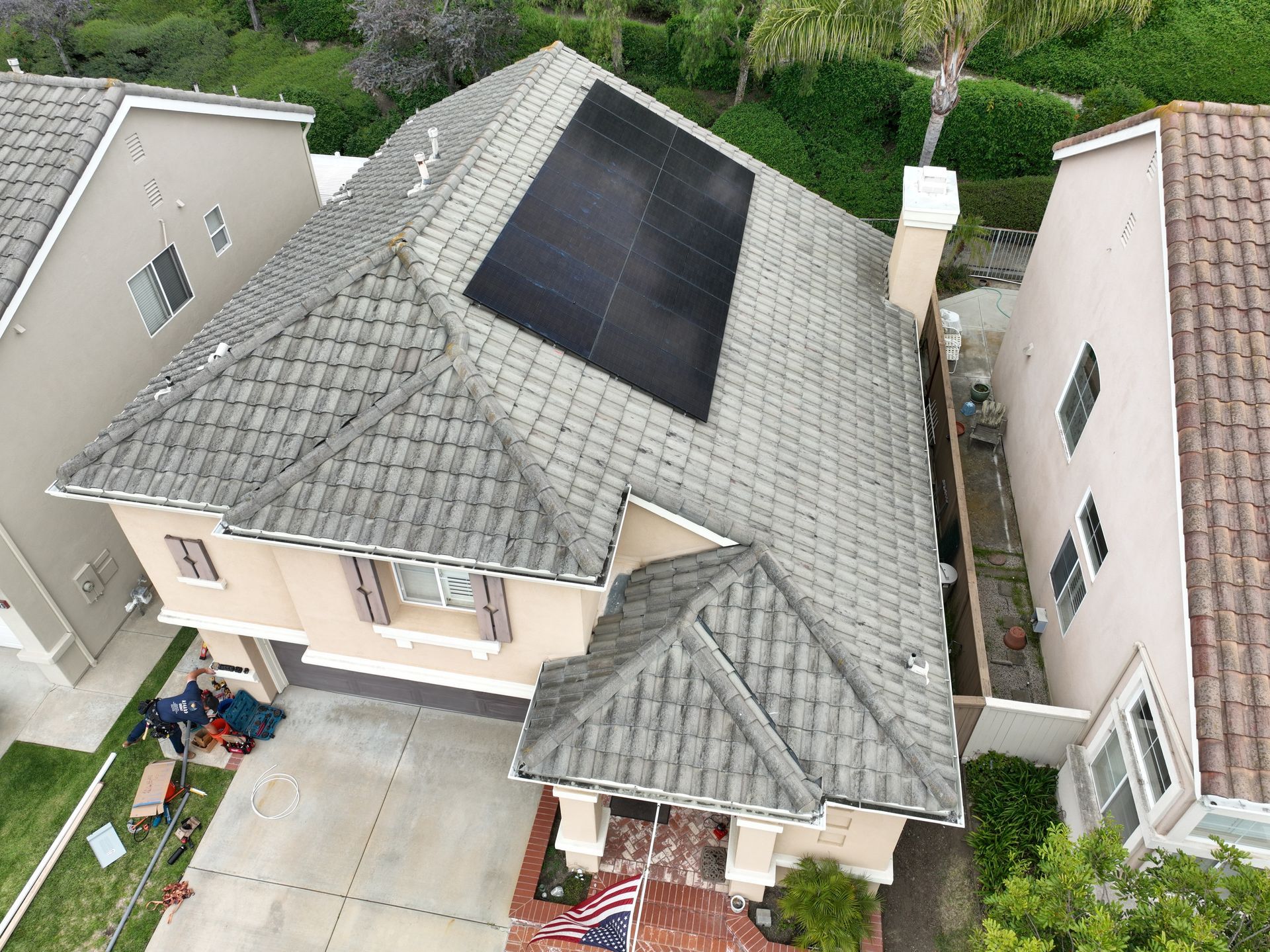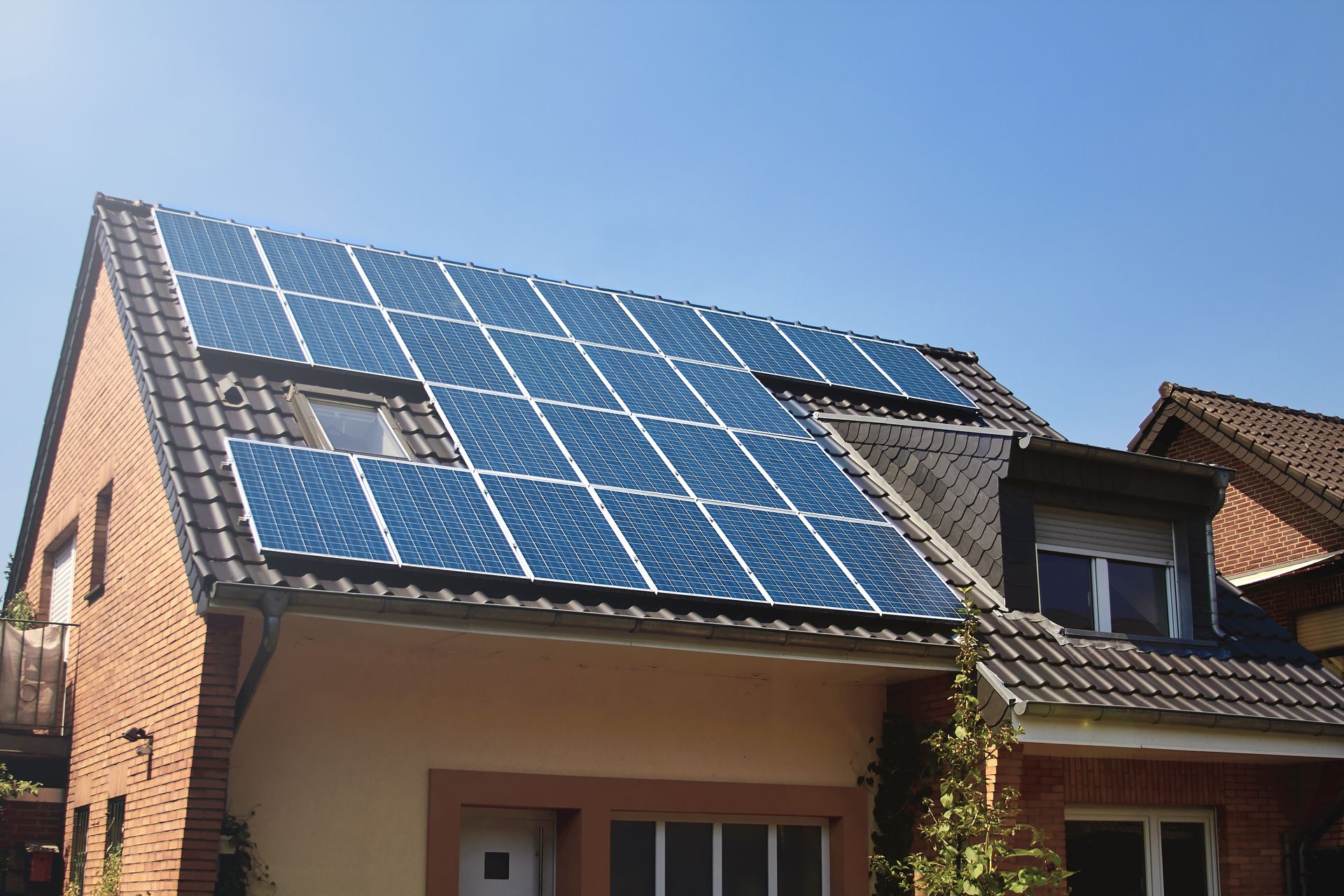Extending the Life of Your Solar Panels: Maintenance Tips for Optimal Performance
Investing in solar panels is a significant step toward sustainability and energy independence. Regular maintenance ensures you get the most out of this investment. Proper upkeep extends the lifespan of your solar panels and maximizes their efficiency and performance. In this blog post, we'll explore practical tips for maintaining your solar panels and discuss what you can expect regarding their longevity.
1. Understanding Solar Panel Longevity:
Solar panels are designed to be durable and withstand the elements, typically lasting 25 to 30 years or more. However, their lifespan can be significantly influenced by the environment and the level of maintenance they receive. While solar panels generally require minimal upkeep, but a few key practices can help ensure they perform optimally throughout their lifespan.
2. Regular Cleaning:
Dust, pollen, leaves, and bird droppings can obstruct sunlight and reduce the efficiency of your solar panels. Here’s how you can keep them clean:
- Frequency of Cleaning: The cleaning frequency depends on your location. If you live in a dusty area or have heavy foliage overhead, you might need to clean your panels more often.
- Methods of Cleaning: For most homeowners, cleaning solar panels with a garden hose from the ground is sufficient. If more thorough cleaning is needed, using a soft brush or a squeegee attached to a long pole can help remove stubborn grime. Ensure you use soapy water or a cleaning solution designed for solar panels to avoid damaging the surface.
3. Professional Inspections:
While basic cleaning can be done independently, regular professional inspections should be scheduled. A solar technician can:
- Check for Physical Damage: Inspecting panels for cracks, scratches, or other signs of wear that could affect performance.
- Verify Connections: Ensuring all electrical connections are secure and intact to prevent power losses.
- Update Systems: Technicians can also update firmware and ensure that all solar system components are functioning correctly.
4. Monitoring Performance:
Most modern solar systems have monitoring technology that allows you to track their performance. Regular monitoring can help quickly identify issues such as:
- Unexpected Power Drops: Sudden decreases in power output can indicate a problem with one or more panels.
- Inconsistencies in Production: Variances in power generation between similar conditions can suggest issues needing closer inspection.
5. Preventative Measures:
Taking preventive measures can also go a long way in maintaining the performance and longevity of your solar panels:
- Trim Overhanging Branches: Prevent leaves and debris from accumulating on the panels.
- Install Pest Guards: Keep birds and squirrels from nesting under the panels, which can cause damage over time.
- Regularly Check for Shade: As trees grow or new buildings are constructed, they might cast shade on your panels, necessitating adjustments to their placement.
6. Handling Repairs and Warranties:
If a problem requires more than basic maintenance, consulting with professionals rather than attempting DIY repairs is important, which can void warranties. Most solar panels come with long-term warranties that cover performance and equipment. Understanding your warranty coverage can help manage repair costs effectively.
Conclusion:
Maintaining your solar panels is not just about cleaning and inspections; it's about ensuring that your investment continues to pay dividends in terms of energy savings and environmental impact for many years. By adopting a proactive approach to solar panel maintenance, you can secure their efficiency and longevity, making solar power a reliable part of your home's energy solution.
Need Expert Solar Maintenance?
If you're looking for professional solar panel maintenance or need advice on extending the lifespan of your solar setup, Asgard Energy is here to help. Our experienced technicians are equipped to provide comprehensive care for your solar panels, ensuring they operate at peak efficiency. Contact us today to schedule a maintenance check-up and continue enjoying the benefits of solar energy without interruption.





